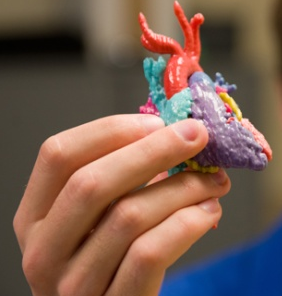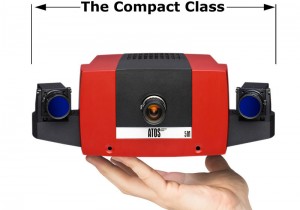The possibilities of 3d scanning are endless and truly limited to one’s ability to imagine. The world has been revolutionised by what 3d scanning offers. From prosthetic limbs to the smallest of engineered products, one could go as far as admitting lives have been changed for the better. Since the inception, as well as, the constant evolution of 3d scanners, they are now available to purchase on today’s consumer market.
With the size of 3d scanners being radically reduced and the prices more affordable, more small to mid-sized business spectres around the world are working with the 3d scanner to better their products. Easy handheld models like the one above makes for easy transport around giving the user the chance to capture intricate and accurate details of any object.
The health world has also benefitted in terms of 3d scanning, which helps in the process of reproducing limbs. It even offers the capability to design artificial hearts for precise treatment in babies suffering from heart defects. Doctors and consultants need to obtain as much information as they can in regards to correctly treating heart defects in their patients. This technology allows them to strategically plan the surgery process and preform procedures with high levels of success.
Three-dimensional-scanning is shaping the world in a new way each day. From the tallest of buildings to the tiniest of components, 3d scanning is involved. Why, because 3D scanning turns out perfect results every time, and the technology will only get better from here. What was impossible twenty years is now possible with 3d scanning.
This technology was once like the first computer when it hit the market, the machine was big, bulky and people believed they would never use one. How wrong were they about the first computer, so it once was with 3d scanning technology. Now it is widely used among engineers, architects, medical professionals, and more. Only time will tell how far this technology will go.
The post Neometrix Technologies at the cutting edge of 3d scanning Technology appeared first on 3D Scanning, Reverse Engineering & Rapidprototyping.
